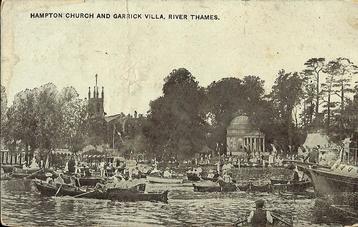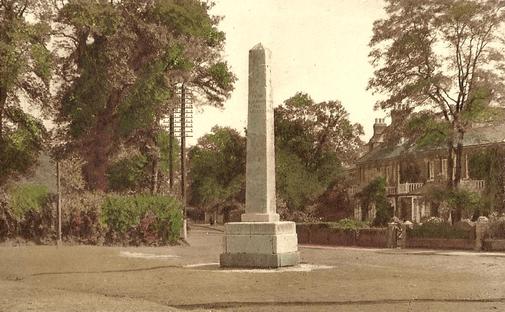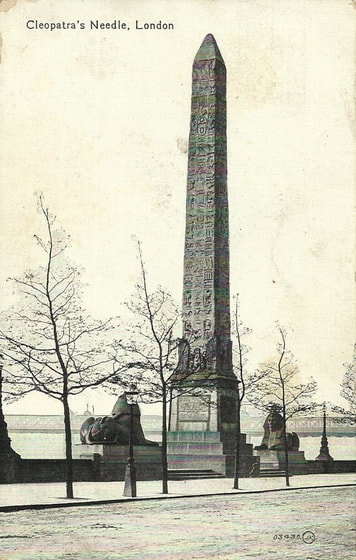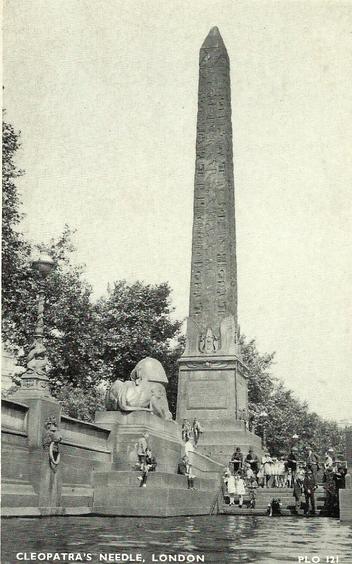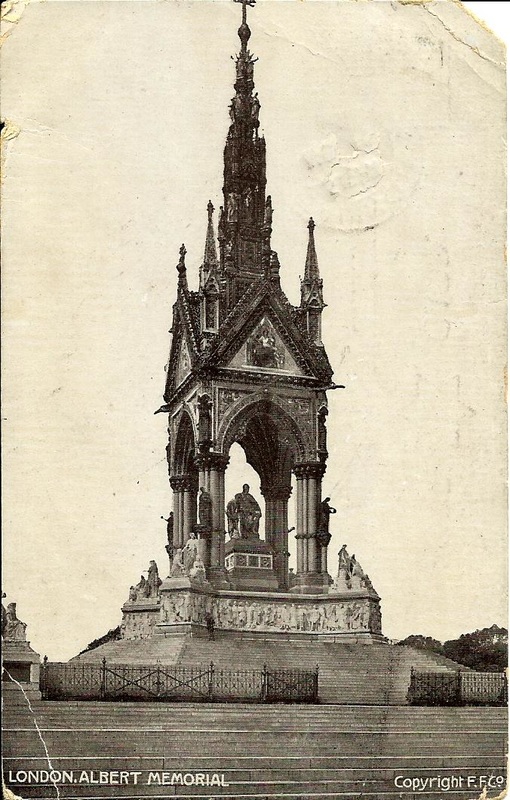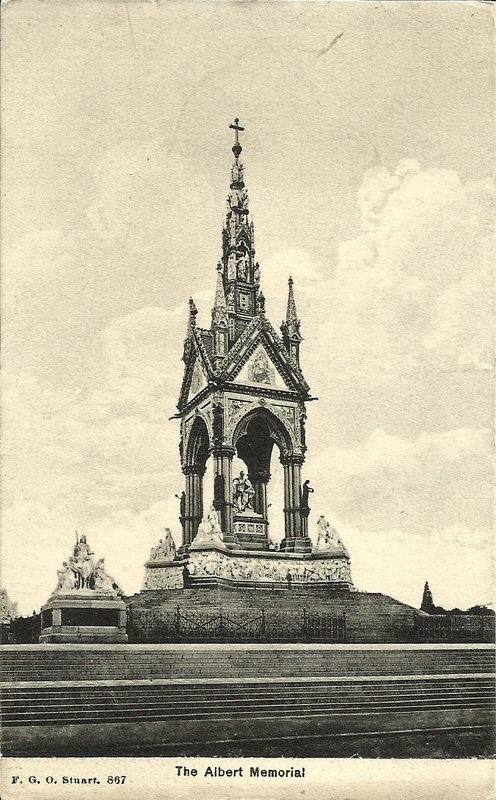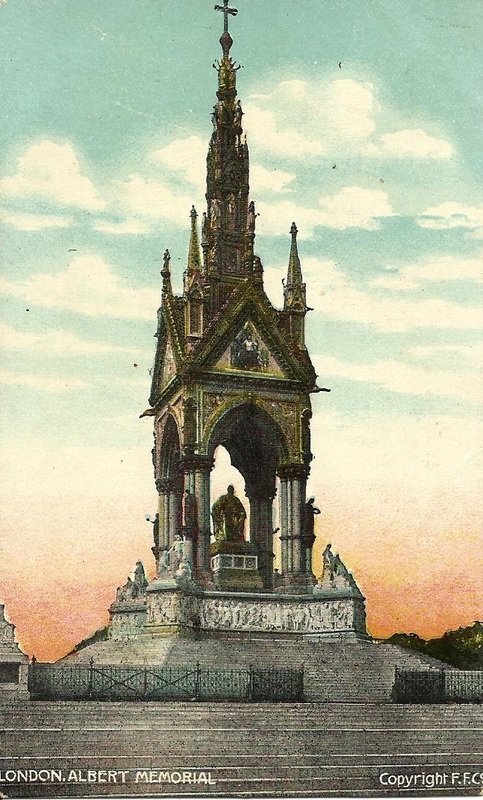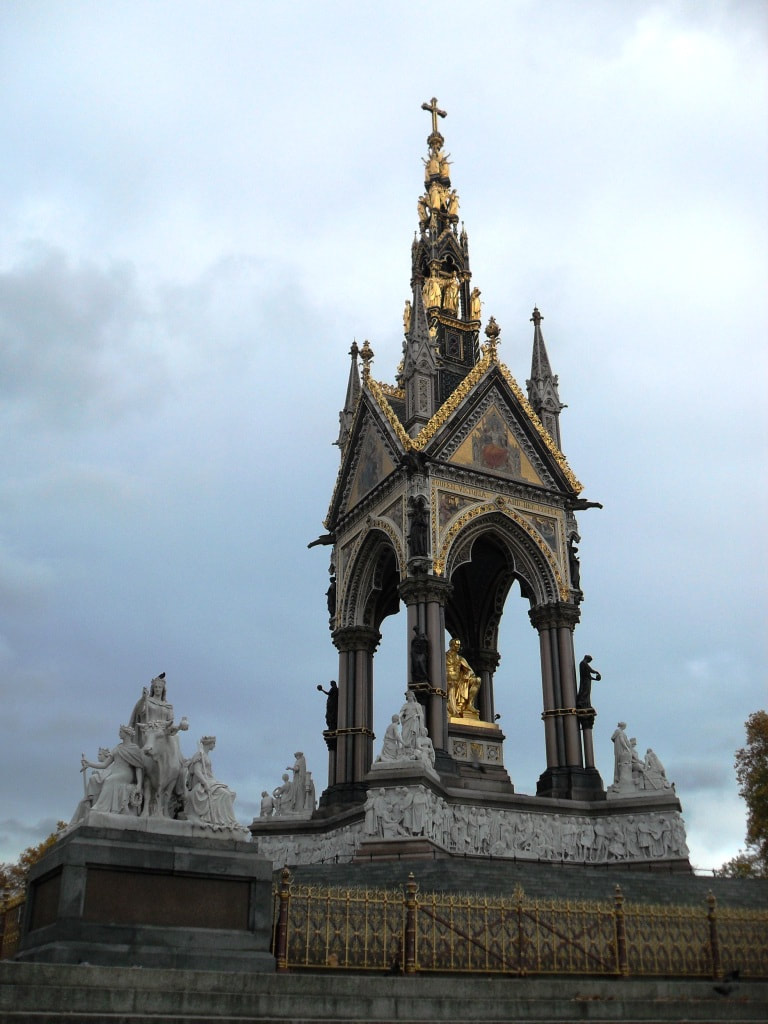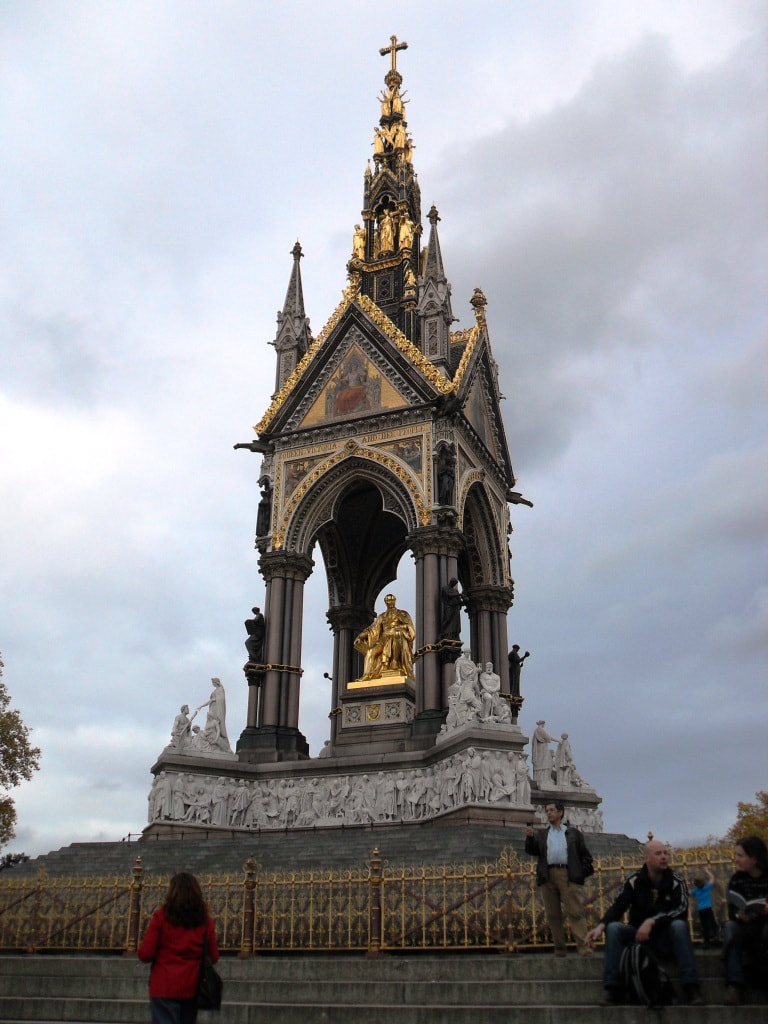Middlesex with London
HAM
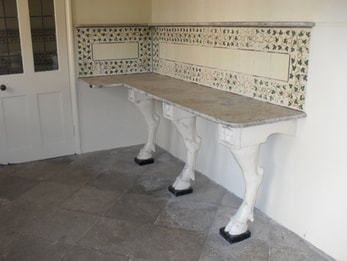
Dairy
An ordinary estate building at Ham House has an extraordinary interior! The three legs of the marble slab are shaped like those of a cow.
An ordinary estate building at Ham House has an extraordinary interior! The three legs of the marble slab are shaped like those of a cow.
HAM
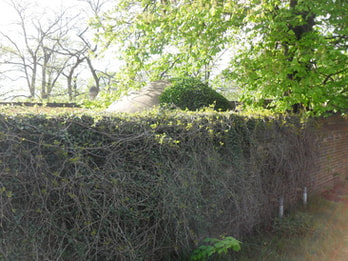
Ham House Icehouse
The ice house at Ham House was coated in concrete during the 2nd World War, when it was used as an air raid shelter.
The ice house at Ham House was coated in concrete during the 2nd World War, when it was used as an air raid shelter.
HAM
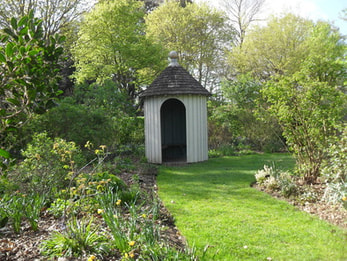
Rustic summerhouses
Two small summerhouses are in the wilderness garden at Ham House, which was restored in 1975.
Two small summerhouses are in the wilderness garden at Ham House, which was restored in 1975.
HAMPTON TQ 156 683

Hampton Court Banqueting House
HAMPTON TQ 142 694
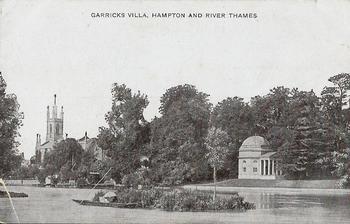
Garrick Villa
In 1755, Horace Walpole wrote 'Garrick is building a grateful temple to Shakespeare'. It was probably designed by Robert Adam and it has a statue of Shakespeare. Garrick's wife, Eva, was a protégé of Burlington, and the Garricks may have been influenced by Chiswick House where they had spent their honeymoon.
In 1755, Horace Walpole wrote 'Garrick is building a grateful temple to Shakespeare'. It was probably designed by Robert Adam and it has a statue of Shakespeare. Garrick's wife, Eva, was a protégé of Burlington, and the Garricks may have been influenced by Chiswick House where they had spent their honeymoon.
HAMPTON TQ 158 391
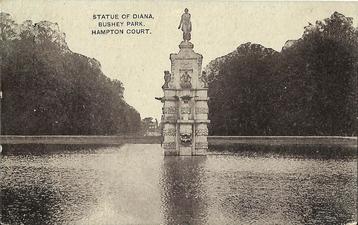
Arethusa
King Charles I commissioned a statue and fountain at Somerset House for his wife, Henrietta Maria. It was moved to the Privy Garden at Hampton Court by Oliver Cromwell, and Sir Christopher Wren moved it to a pond he had designed at the end of Chestnut Avenue.
The statue represents Arethusa, Diana's Nymph.
King Charles I commissioned a statue and fountain at Somerset House for his wife, Henrietta Maria. It was moved to the Privy Garden at Hampton Court by Oliver Cromwell, and Sir Christopher Wren moved it to a pond he had designed at the end of Chestnut Avenue.
The statue represents Arethusa, Diana's Nymph.
HIGH BARNET TQ 246 978
|
Hadley High Stone
Hadley High Stone is a 12 feet high sandstone obelisk erected in about 1740 for Sir Jeremy Sambrook to commemorate the Battle of Barnet. The obelisk origanally stood about 200 yards to the south and was moved to its present site in about 1840. The inscription reads: 'Here was fought the famous battle between Edawrd IV and the Earl of Warwick April 14th Anno 1471 in which the Earl was Defeated and Slain' |
HOUNSLOW
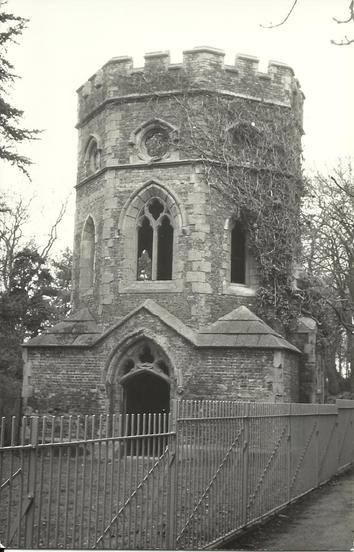
Gunnersbury Park Boathouse
In the 1860s, the Rothschild family transformed a former clay pit into the Potomac Lake. A tile kiln was modified into a boathouse with a Gothic tower.
In the 1860s, the Rothschild family transformed a former clay pit into the Potomac Lake. A tile kiln was modified into a boathouse with a Gothic tower.
HOUNSLOW TQ 139 747
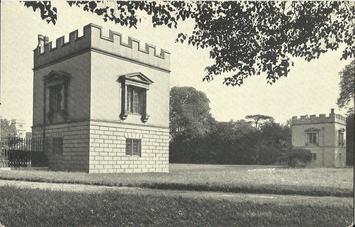
Syon House Gate Lodges
The two-storey ashlar lodges to Syon House were built in the early 17th century.
The two-storey ashlar lodges to Syon House were built in the early 17th century.
HOUNSLOW TQ 208 775
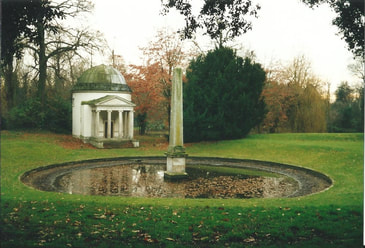
Ionic Temple and Obelisk
The 18th century circular domed temple at Chiswick House has a tetrastyle portico and fluted columns.
The 18th century circular domed temple at Chiswick House has a tetrastyle portico and fluted columns.
LONDON
LONDON
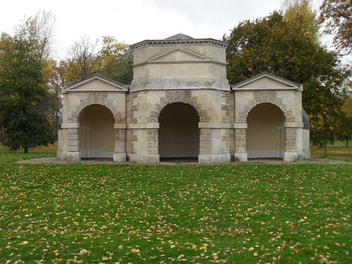
Queen's Caroline's Temple
The present layout of Kensington Gardens can be attributed to Queen Caroline, the wife of George ll. The Classical-style summerhouse was built in about 1734 and is thought to have been designed by William Kent.
Date taken: 27/10/09
The present layout of Kensington Gardens can be attributed to Queen Caroline, the wife of George ll. The Classical-style summerhouse was built in about 1734 and is thought to have been designed by William Kent.
Date taken: 27/10/09
LONDON
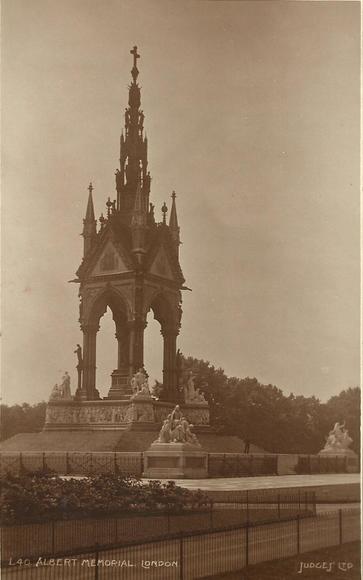
Albert Memorial
The Albert Memorial was designed by George Gilbert Scott and cost £150,000, it was built between 1865 and 1876. Though Scott thought of it as his masterpiece, it became very much disliked.
The Albert Memorial was designed by George Gilbert Scott and cost £150,000, it was built between 1865 and 1876. Though Scott thought of it as his masterpiece, it became very much disliked.
